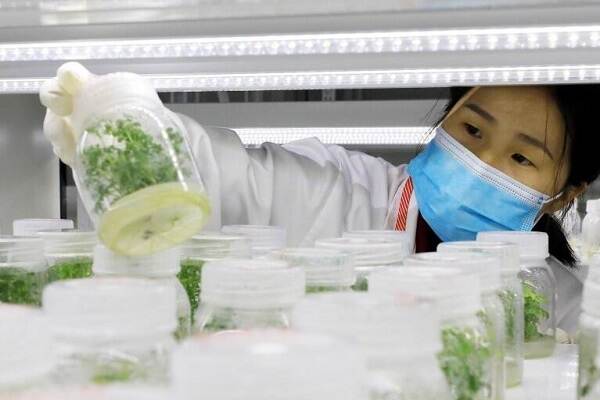China Finishes the National Survey of Agricultural Germplasm Resources
For China, developing the breeding sector is a high priority in their goal for improving food security. One of the critical success factors for developing this sector is to have an extended germplasm bank. In this light, China completed a nationwide survey for mapping out agricultural germplasm resources, covering crops, livestock and aquatic resources. It was the first time that aquaculture was included, eventhough China is the largest producer of aquaculture in the world. China considers mapping out the agricultural germplasm resources as a fundamental and essential step for development of the seed industry, as it aims to ensure a stable and secure supply of grains and important agricultural products, which is top priority in China.

The survey was the most extensive survey so far and lasted for three years. The survey results show that more than 530,000 pieces of agricultural germplasm resources were collected. 80 high quality resources with potential utilization and commerce value were found and released, and 746 endangered agricultural resources were rediscovered and protected.
The collected agricultural germplasm resources are stored in the National Agricultural Germplasm Resource Bank and relevant scientific research will be carried out. Expamples of revelant research are identifying species and discovering high-yielding, high-quality, disease-resistant species, which are superior characteristics in breeding for commercial use.
China expects to reach the following achievements based on the outcome of the survey: increasing independence and self-sufficiency on seed supply: boosting competitiveness on seed breeding; improving scientific innovation on seed breeding technology; exploring business potentials by utilizing the advantages of agricultural germplasm resource; creating public awareness of resource protection etc..
If China will start encouraging and supporting domestic companies on genetics activities and breeding, it will increase challenges for foreign companies on selling seeds and genetic materials to China. At the same time, it will also create cooperation and business opportunities in the field of scientific research and market orientated breeding. Some Dutch breeders already worked together with Chinese partners on joint breeding in China.
Unfortunately, we see that China is regarding germplasm as a strategic reserve, while an international exchange could improve the varieties in the entire world and also make them stronger. We also see that genetic resources, depending on species importance, are considered Chinese property. Although this is something Dutch companies doing breeding in China should be aware of, breeding in China can still be interesting for Dutch companies, because of the size of the Chinese market.
Written by Lily Zhang & Karel van Bommel - Team Beijing
February 2024